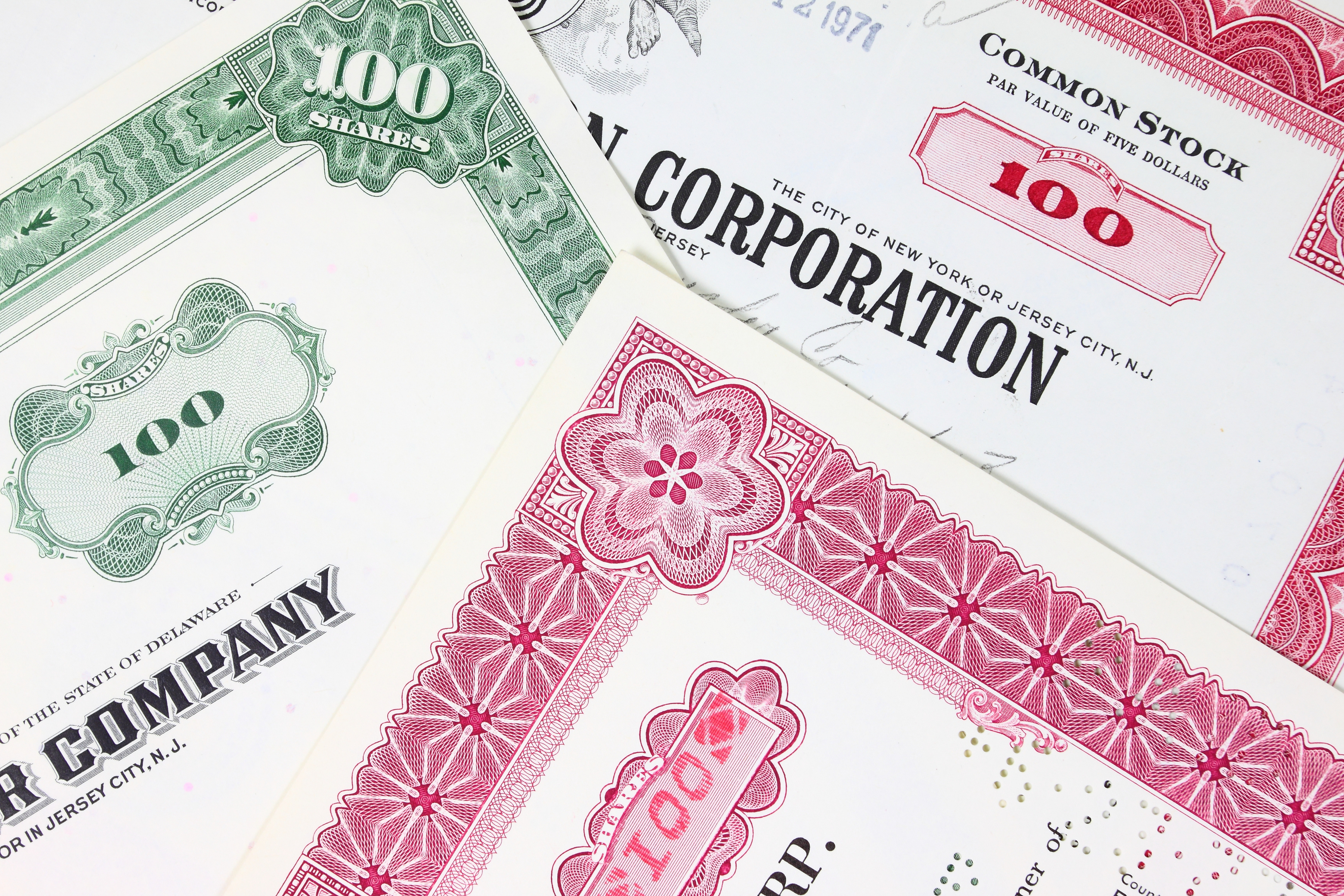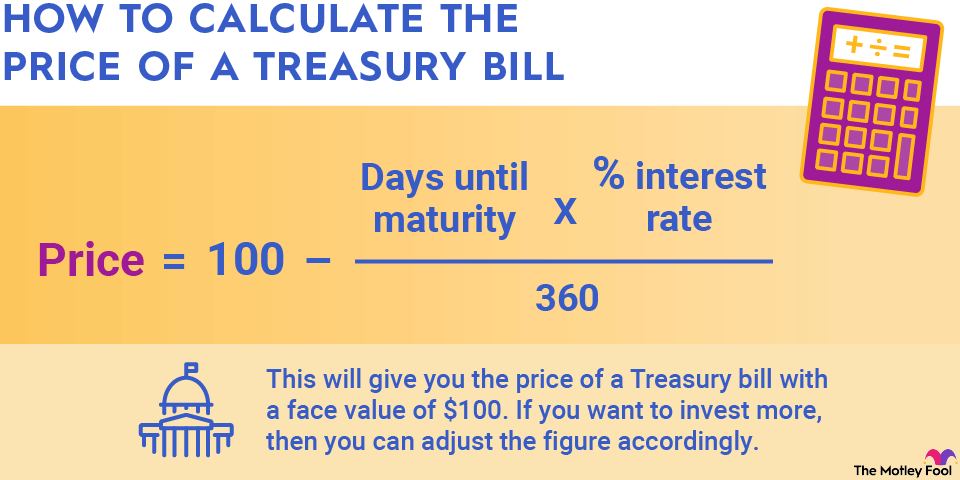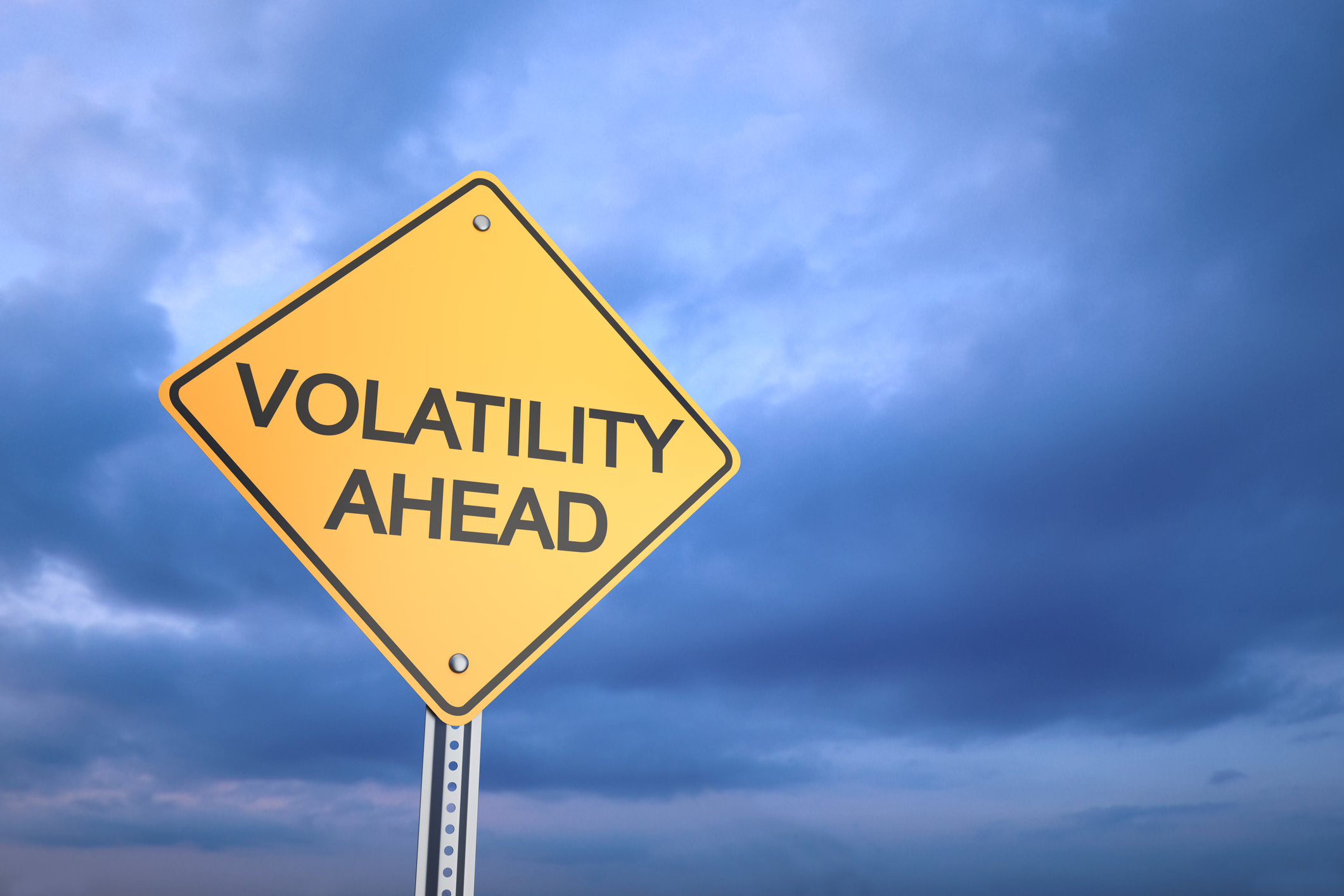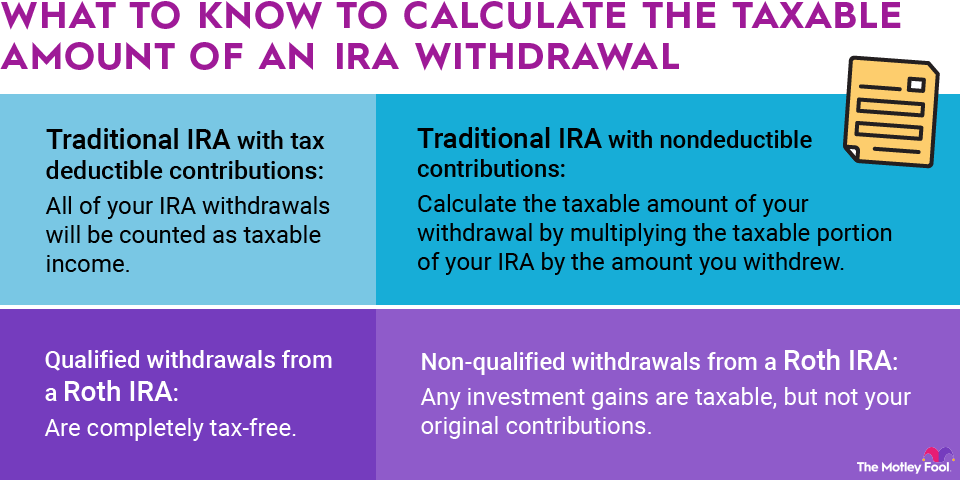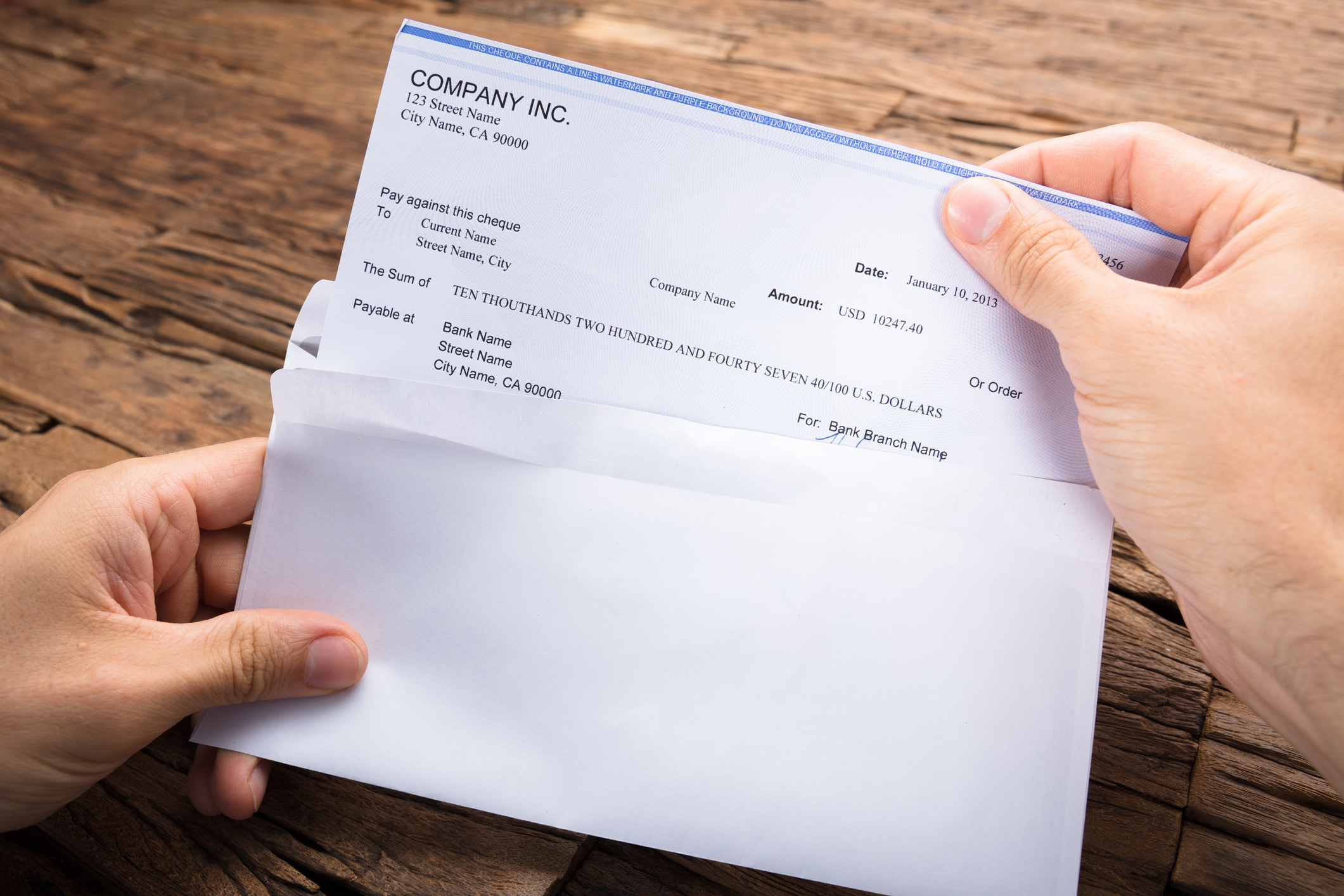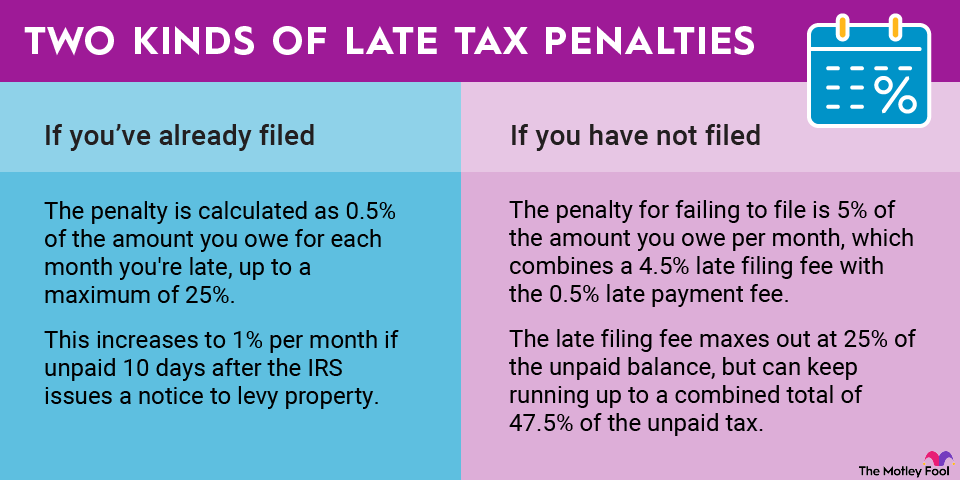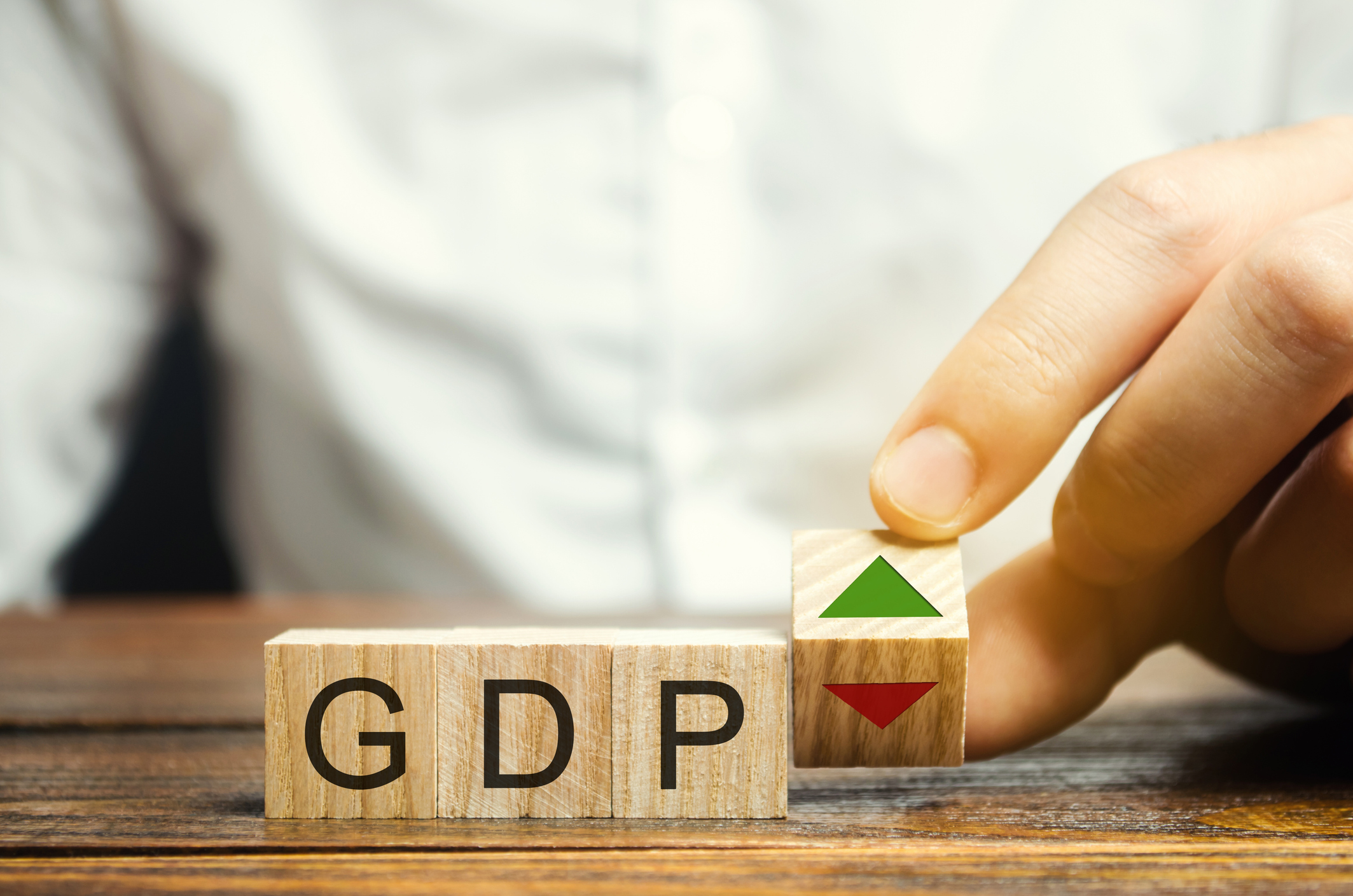Interest rates and other investment returns are most useful when expressed on an annual basis. For example, "My accounts produced an annual return of 7%" can be more useful and easier to understand than "My investments are worth 40% more than they were five years ago." By annualizing interest rates and investment returns, it's easier to compare one account or investment to another to assess their relative performance.
With that in mind, here's how you can calculate the interest rates on all of your deposit and investment accounts by starting with some basic information.

How to calculate your interest rate, or rate of return
Before you start your calculations, you'll need a little bit of information:
- The original account balance: This is your original deposit into the account, or the original amount of your investment. If you aren't sure of the original balance, subtract the interest paid from the current balance.
- The interest paid: the difference between your original account balance and its current balance.
- The time that has passed (in years)
Once you have this information, you can use the following formula to compute your interest rate, or rate of return:
Rate of return = ((Account balance ÷ Original balance) ^ (1 ÷ t)) – 1

Finally, to express the rate as a percentage, multiply this amount by 100.
An example
With a deposit account, like a savings account or CD, the interest rate is usually easy to find. This calculation is much more useful for investment vehicles whose returns vary from year to year, such as stocks and mutual funds.
For example, let's say that you invested $10,000 into a mutual fund three years ago, and your account's value is now $12,500. So, divide $12,500 by $10,000 and raise the result to the one-third power using your calculator's exponent key, and then subtract one.
Rate of return = ((12,500 ÷ 10,000) ^ (1 ÷ 3)) – 1 = 0.077

Multiplying this result by 100 shows that your mutual fund has produced an annualized rate of return of 7.7%.




